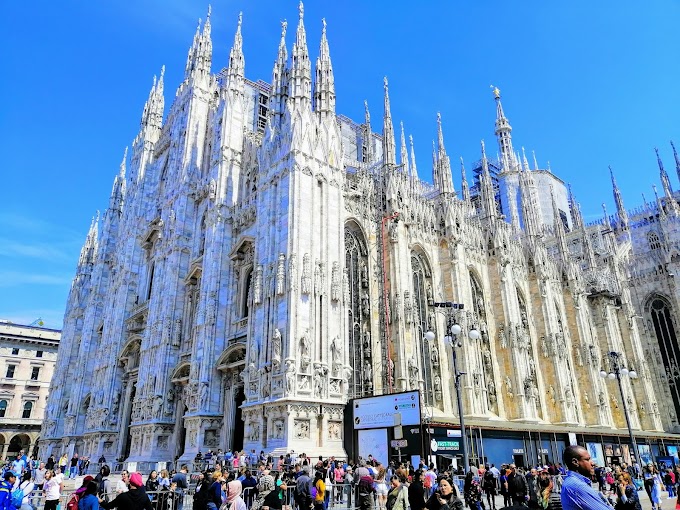No trip you make to Italy or Rome would be incomplete without visiting the Colosseum. But getting closer to this wonder of the world alone is not enough for those who like to hear its stories and secrets.
To quench your thirst for knowledge, here are 8 things you probably did not know about the Italian amphitheatre.
1. It's definitely huge.
According to Guinness World Records, the Colosseum has an unbelievable audience of 87,000 and is the largest amphitheatre in the world. In comparison, the state-of-the-art Wembley Stadium in London can seat thousands more. The Colosseum in stadiums today has many similar features and, as you might think, has a few obvious differences - but not always for the better.
 |
| Panoramic View of Colosseum |
2. Woe to any slave who attacked the Emperor
The majority of gladiators known as the kings of entertainment were slaves or ex-prisoners. It's unusual (emotionally speaking!) That the Emperor of Commodus decided to move from his passion for sports to his playing field.
As you can imagine, his fights are not fair. His opponents will suffer for any slave who attacked the Emperor with wooden swords. His battles did not bring much blood to the wanderers, and his ego-developing drive to kill animals certainly took place.
3. The gate of death was on the west side.
Of the 80 Colosseum entrances, 76 are for the general public, and the other four are for cardinals. Important, distinguished guests used the southern and northern entrances. The other two gates were for gladiators, but they served two different purposes.
The Gate of Life was located on the east side of the Colosseum. This is where the gladiators enter before the mirror starts. The gate of death was on the west side. This is where the unfortunate gladiator took place.
4. It is practically fresh.
We all know that the Colosseum is ancient, but how old is it? Its foundation was laid in 72 AD, and construction was completed within eight years of the conquest of Vespasian and Titus.
Although the Colosseum dates back to the 1950s, it is practically a new invention compared to the Pyramids of Giza, more than twice as old, and Stonehenge was built about 5,000 years ago.
5. Fake naval battles are very short-sighted.
The Romans knew it would take an extra mile, though they were short-sighted enough to fall victim to the Flood of the Colosseum to wage mocking naval battles. Julius Caesar became famous for waging small (but incredibly expensive) "naval battles" on the human-made islands of Rome.
Although such a ceremony was planned at the Colosseum, historians are still debating whether anything happened at the Amphitheater in Rome.
 |
| Interior of Colosseum |
6. Entry fee to the games was free.
If you ran out of money but enjoyed the blood and thunder of the Colosseum, you were in luck - if you were a Roman, that is. Admission to the Games was free to all Romans, as the emperors used the platform to promote their political policies.
Since the foreign leaders had no political advantage, they had to take out a coin or two to watch the show.
7. The infamous Emperor never entered the arena.
When you think of the Roman Empire, one man's name comes to mind: Julius Caesar. You can imagine him watching a gladiatorial battle at the Colosseum, enjoying a glass or two of wine. But the Colosseum and Julius Caesar are two icons of Rome, and the infamous Emperor never entered the great court.
As you now know, the Colosseum is the largest city in the world. It was completed in 80 AD, and Julius Caesar was assassinated about 125 years before the first races. In fact, the Colosseum was ruled by the Vespasian emperor and his son Emperor Titus oversaw the final stages of construction after his father's death.
 |
| Panoramic Night view of Colosseum |
8. It is in very good condition.
The Colosseum is in good condition for a building that is nearly 2,000 years old. This is because several earthquakes have shaken the public site, mainly damaging the south side. Debris was soon used to build churches and palaces throughout Rome.










0 Comments